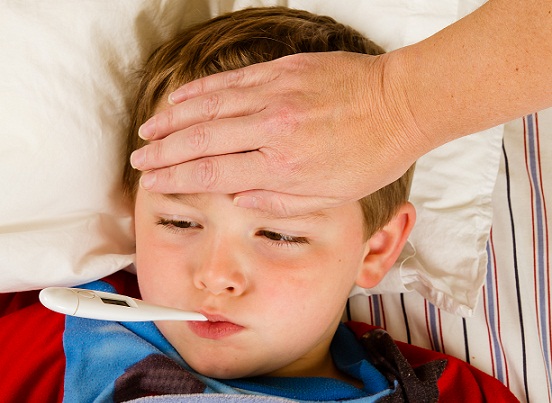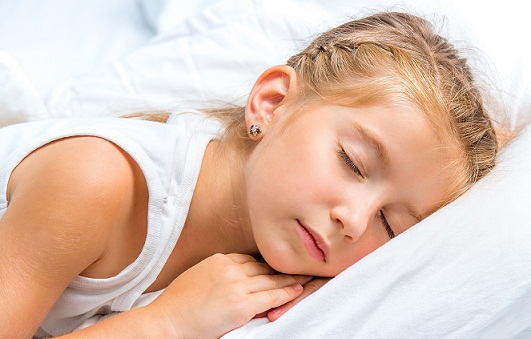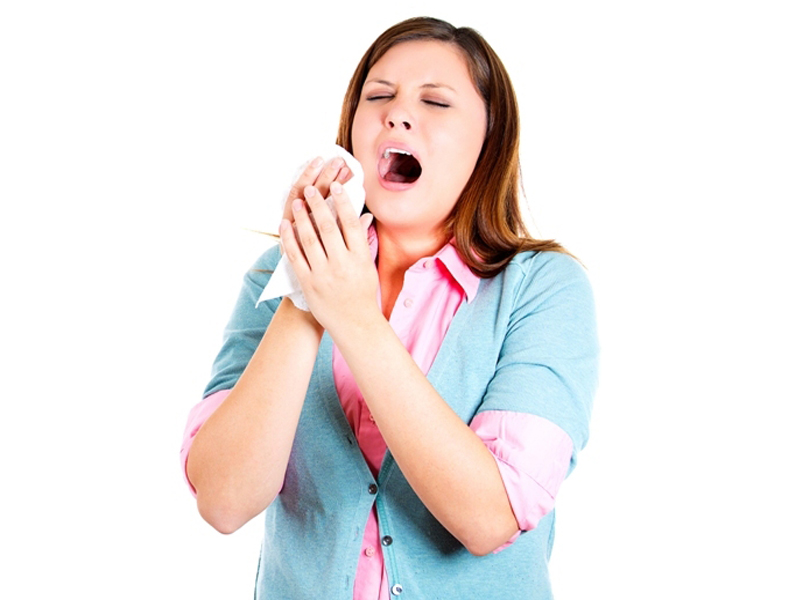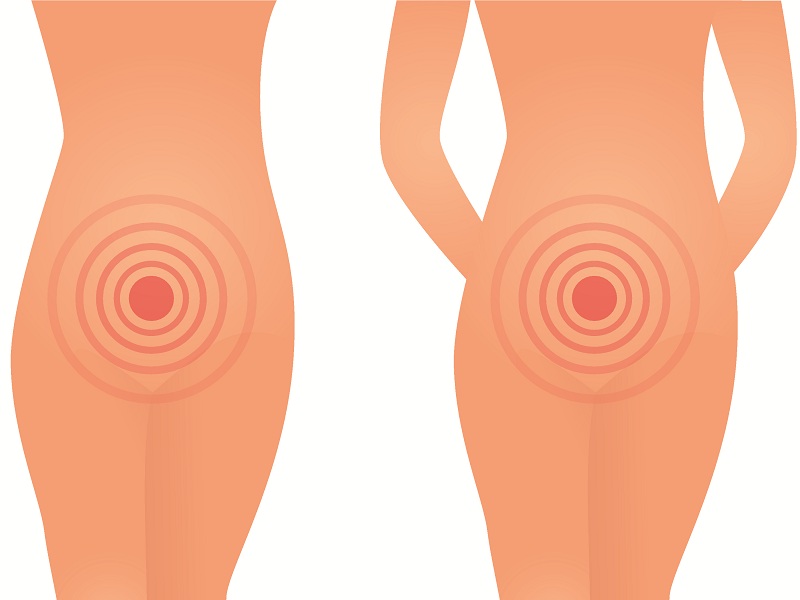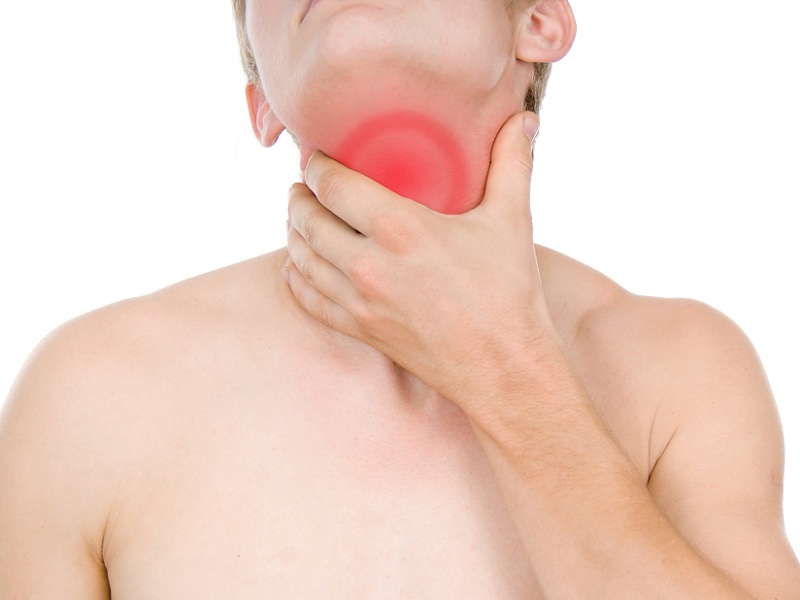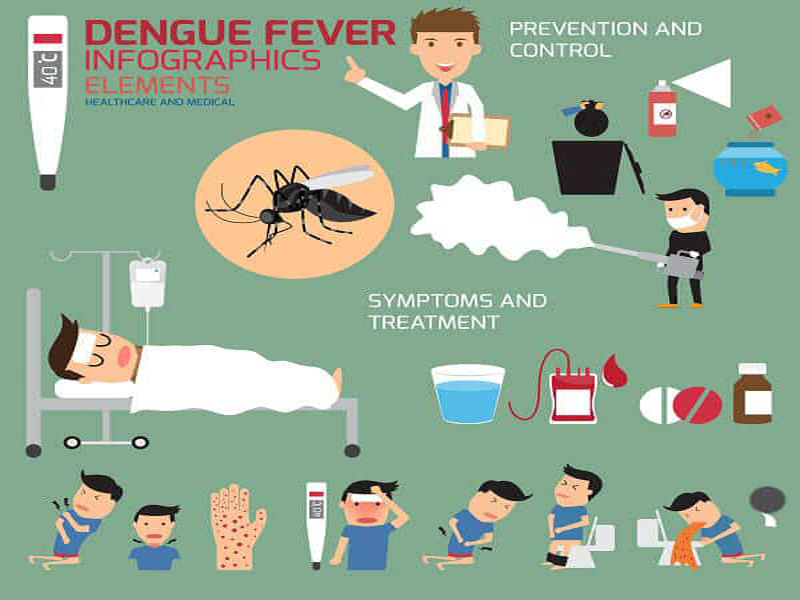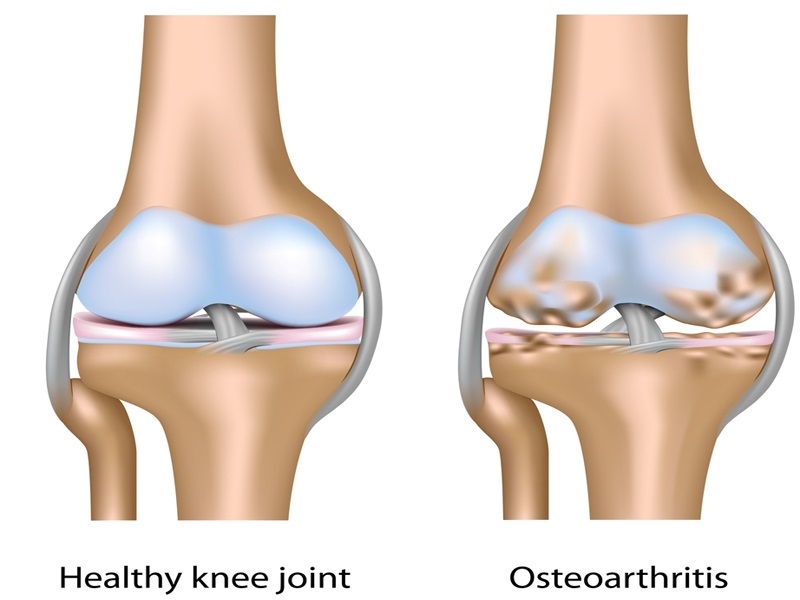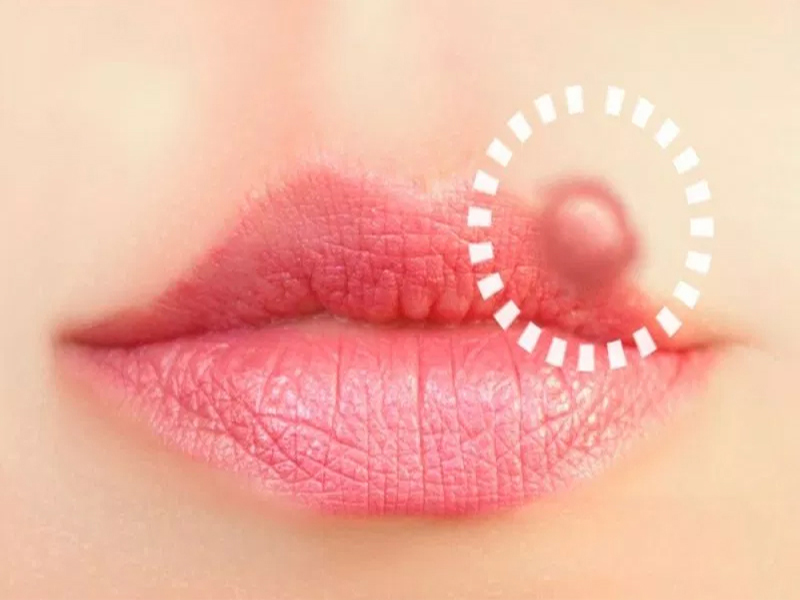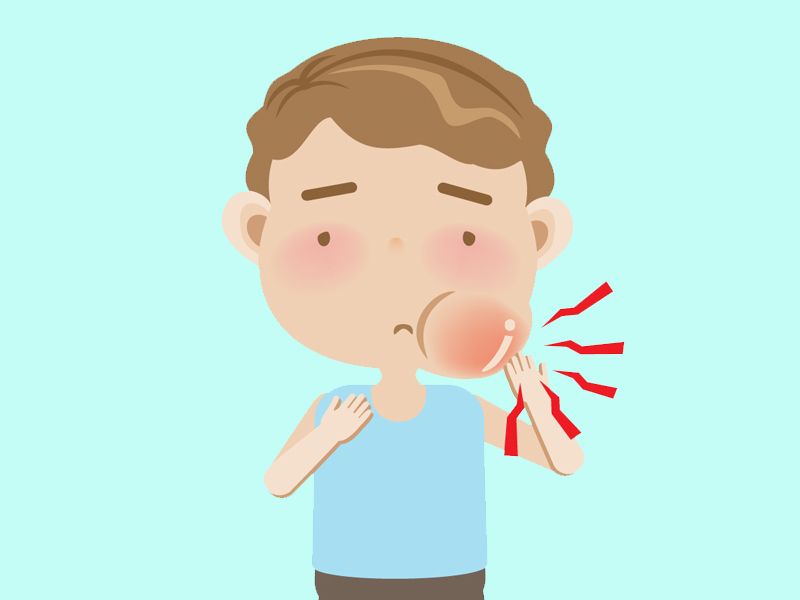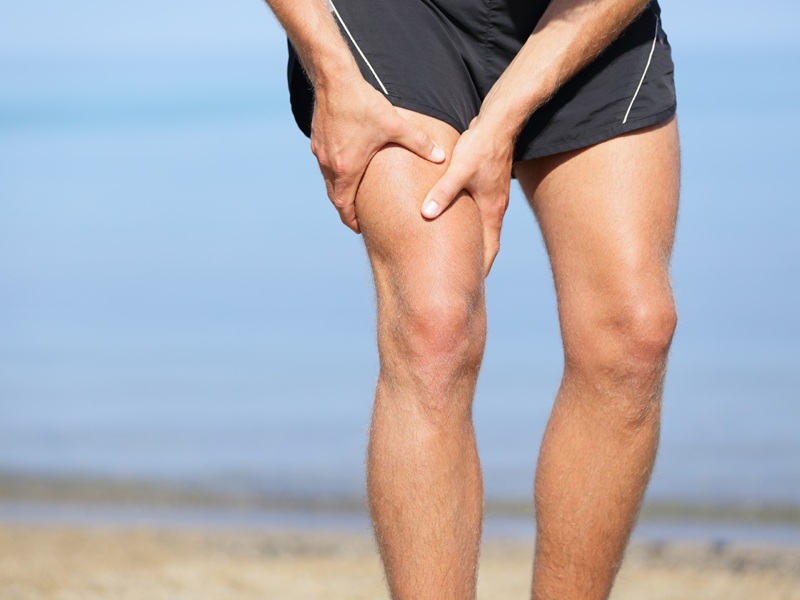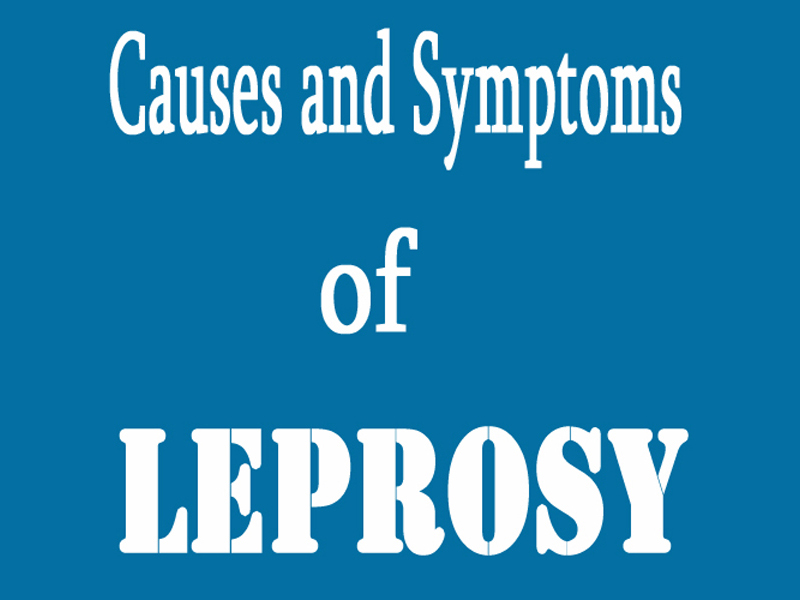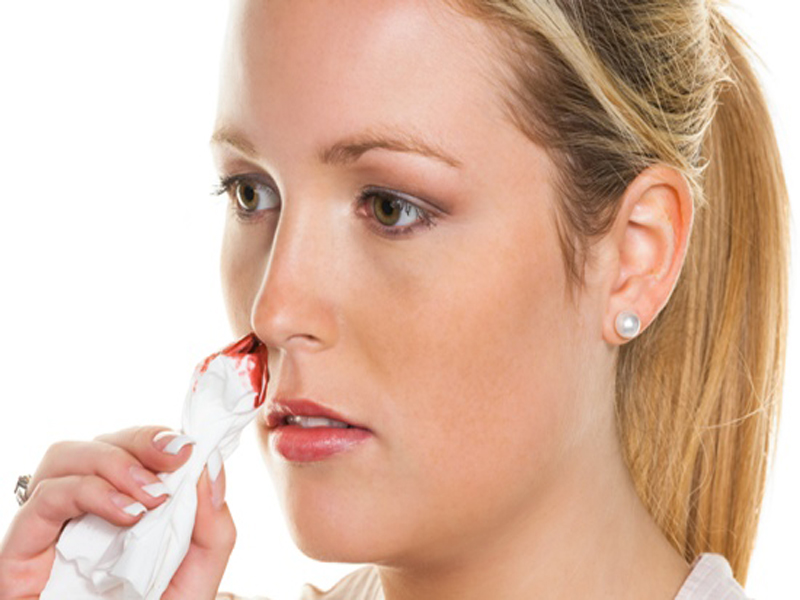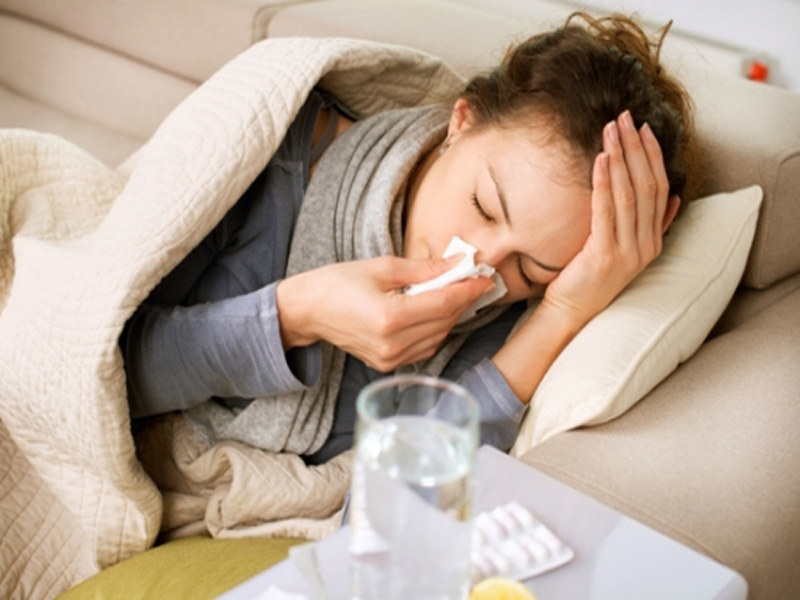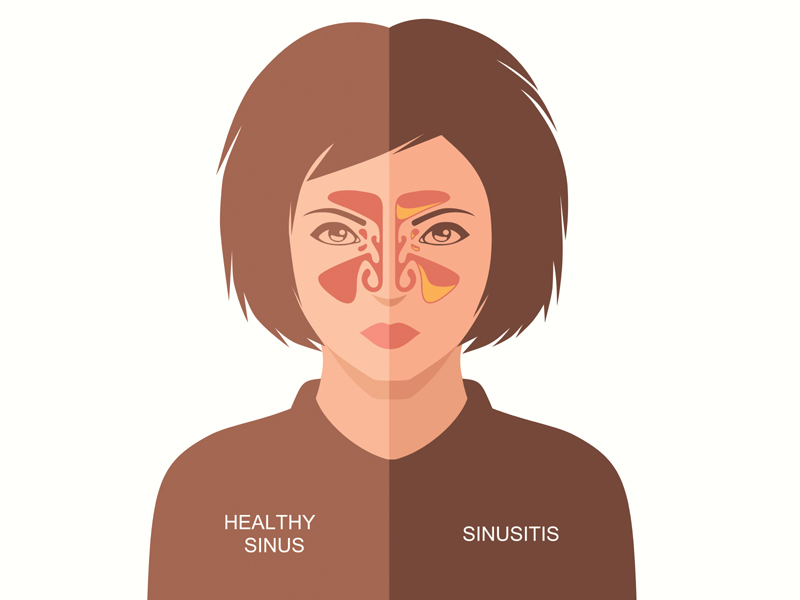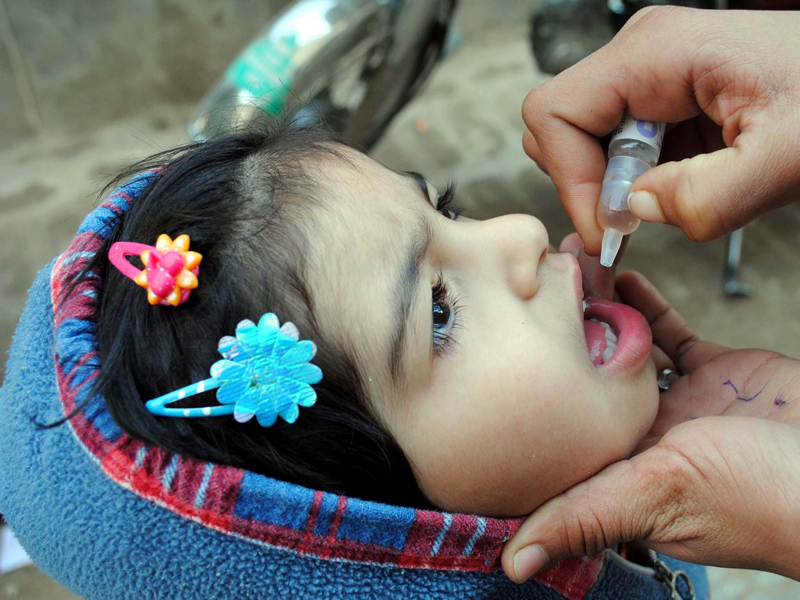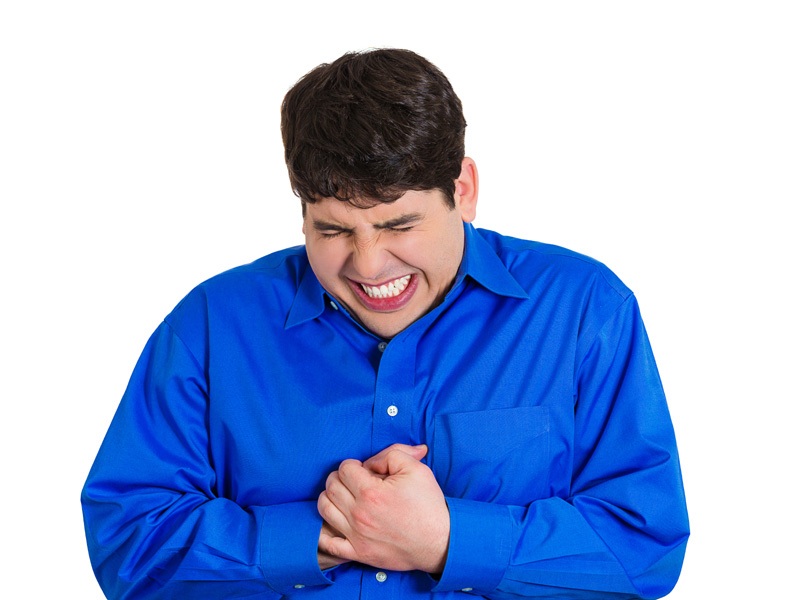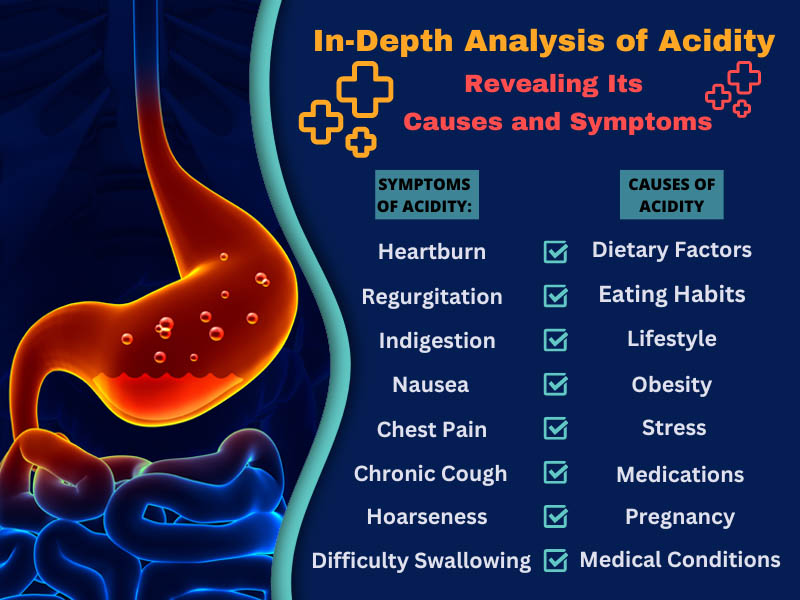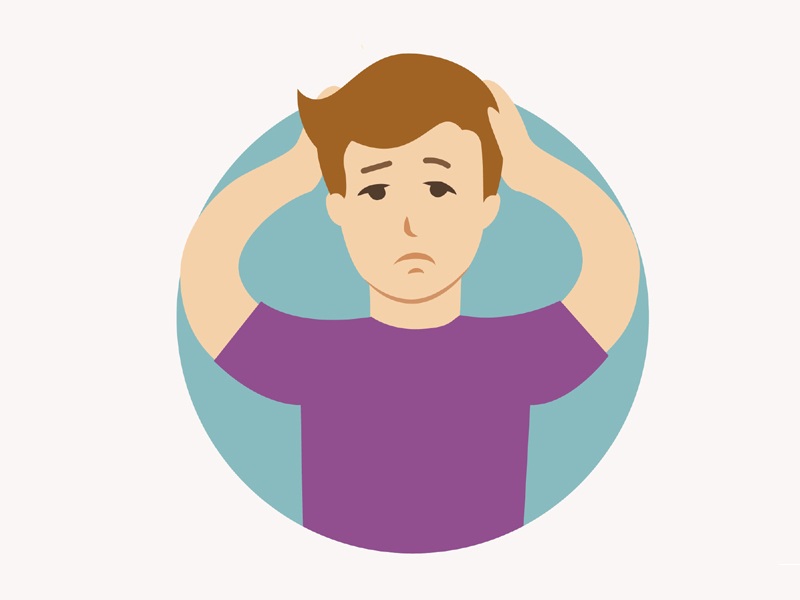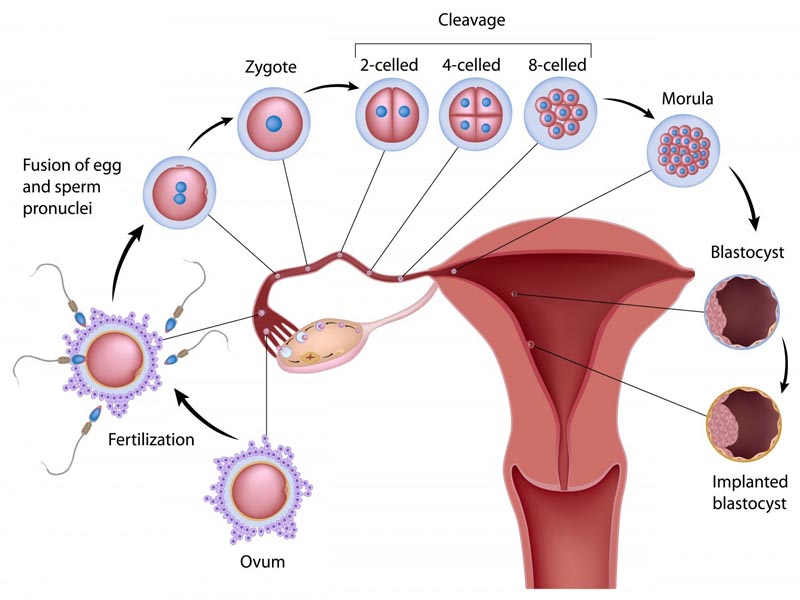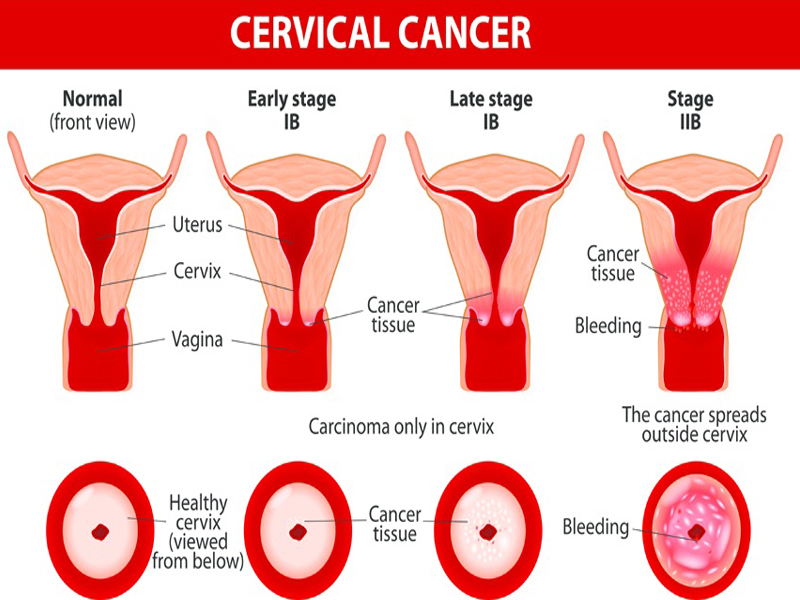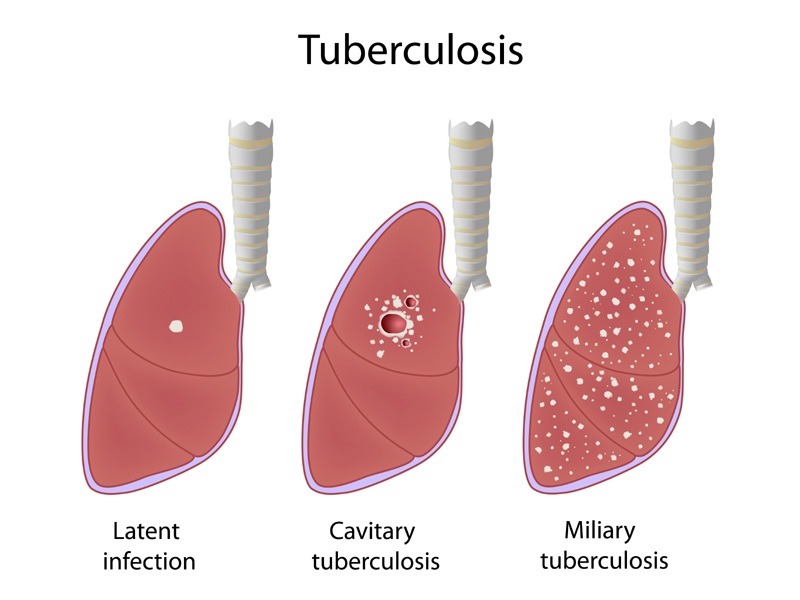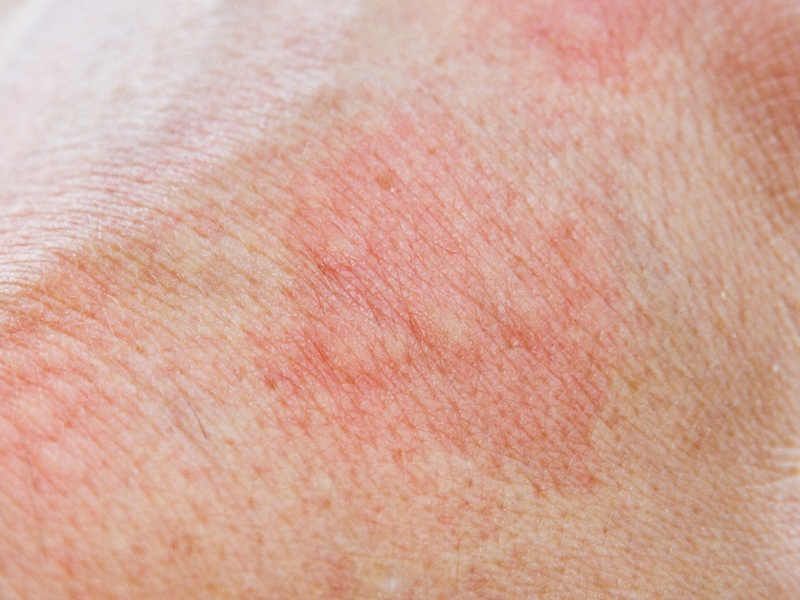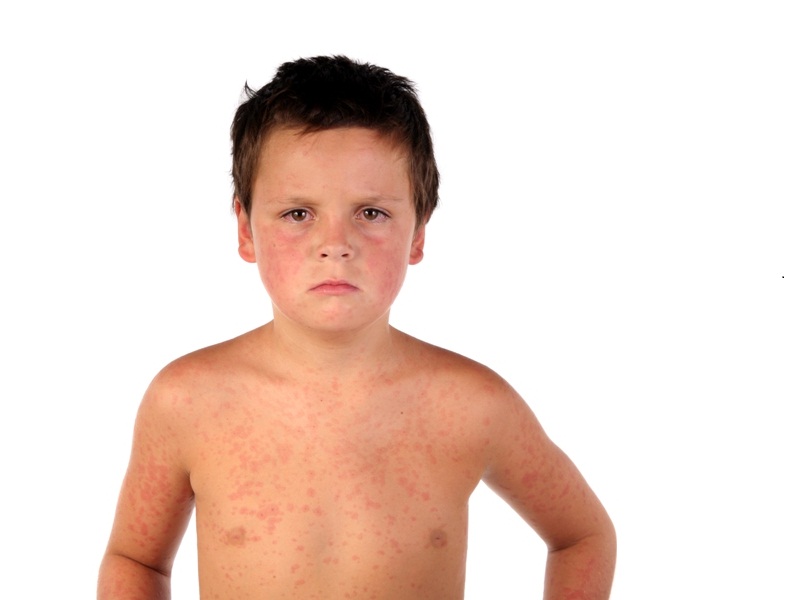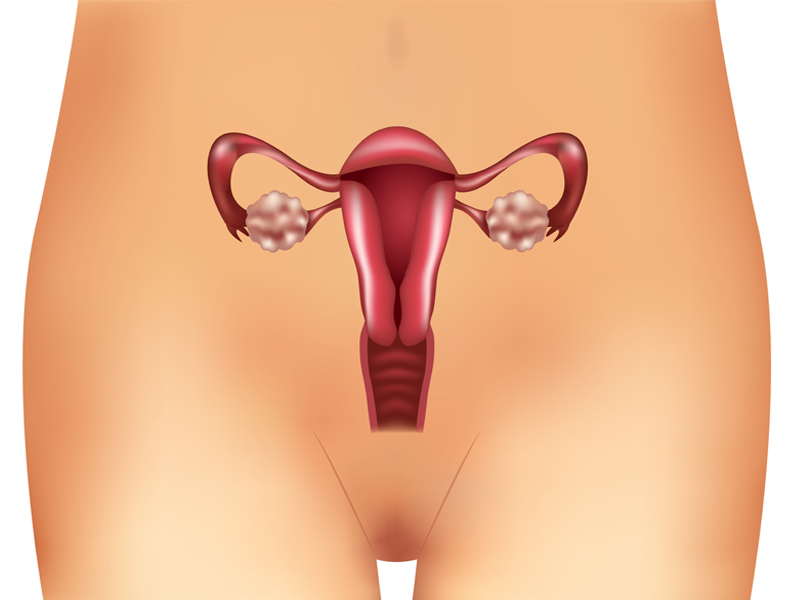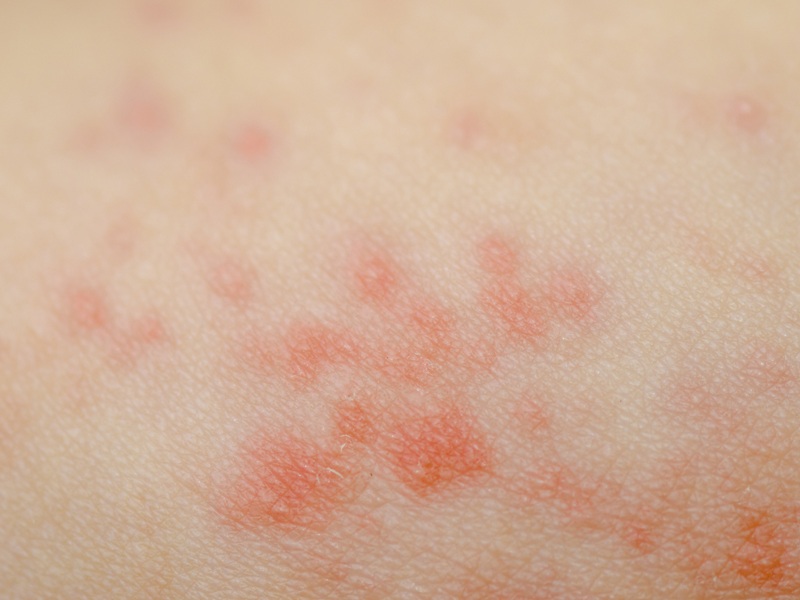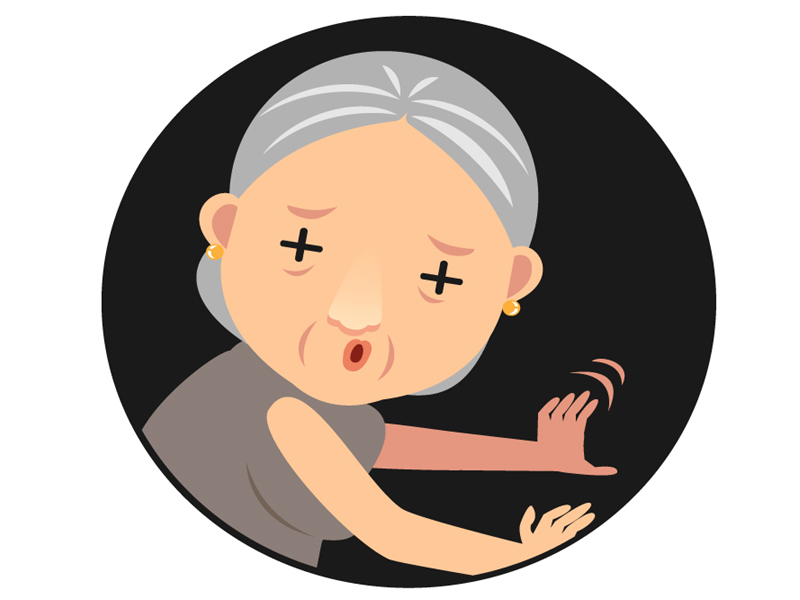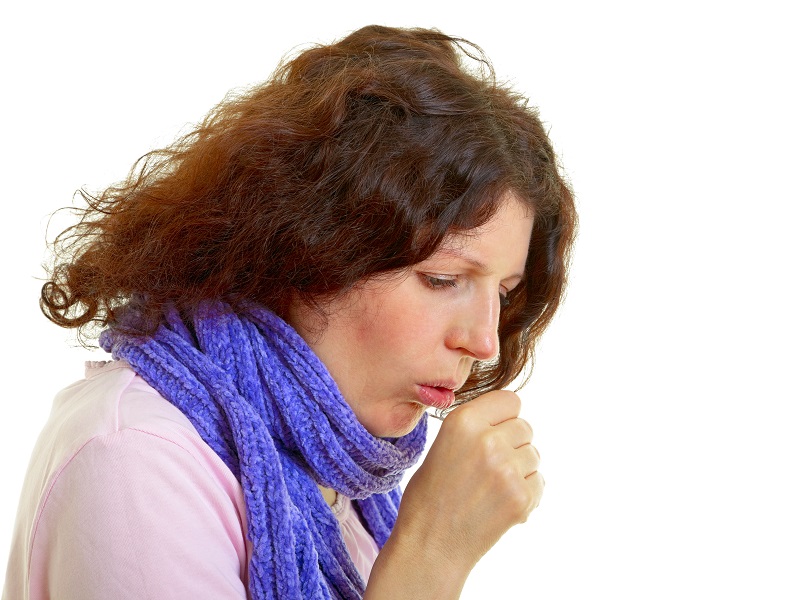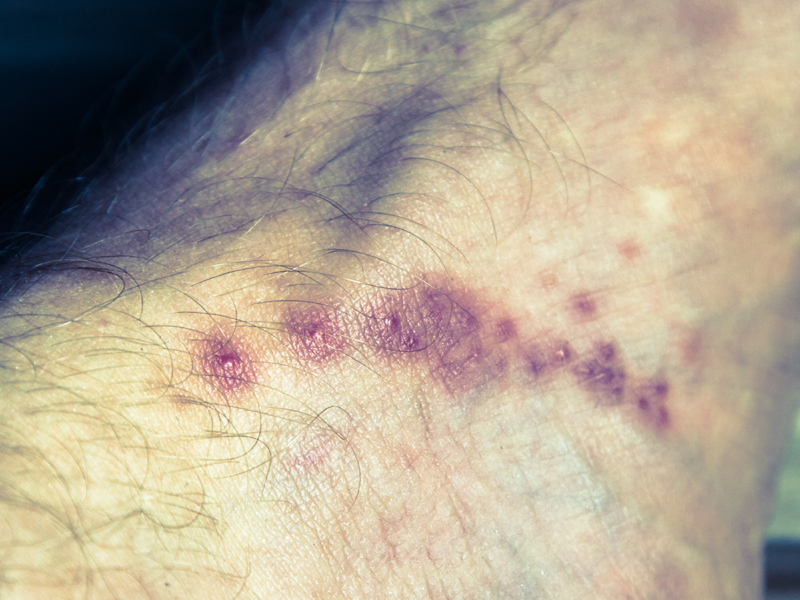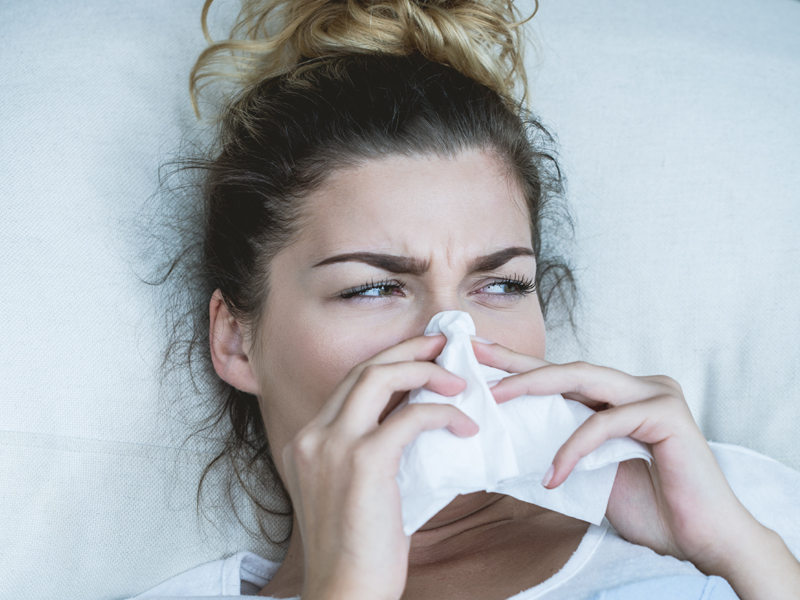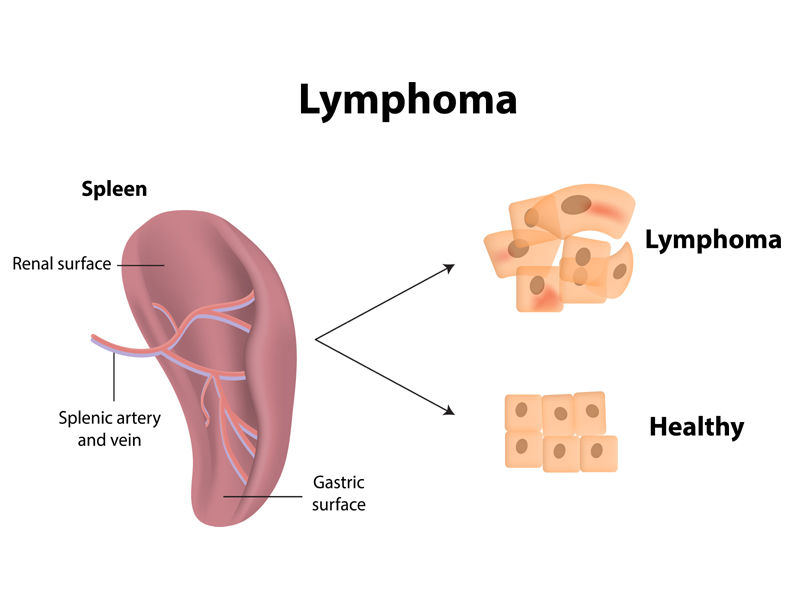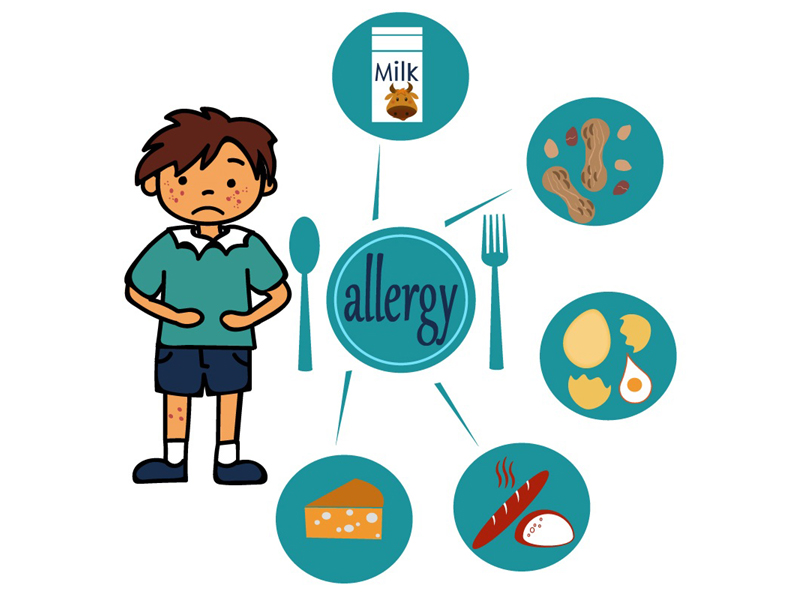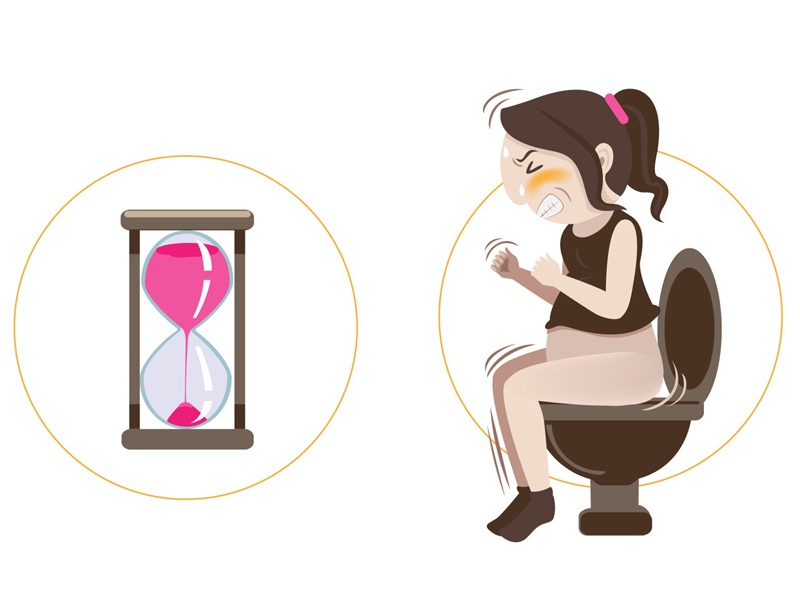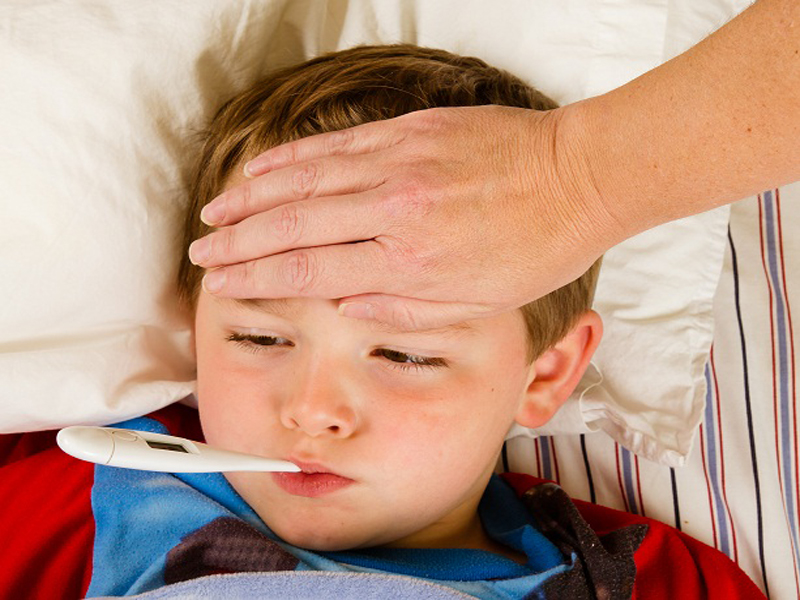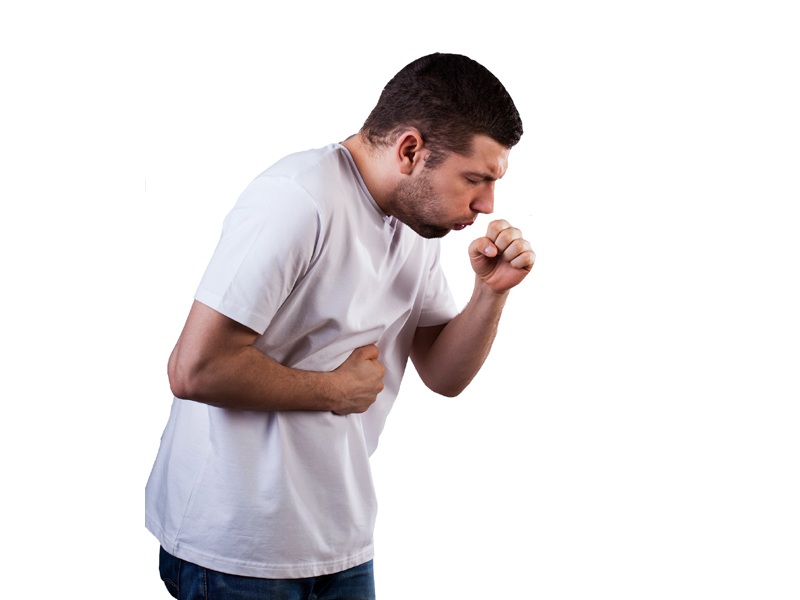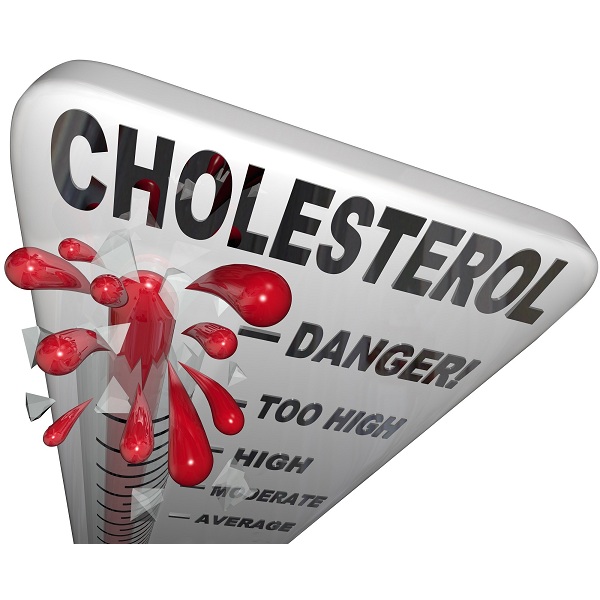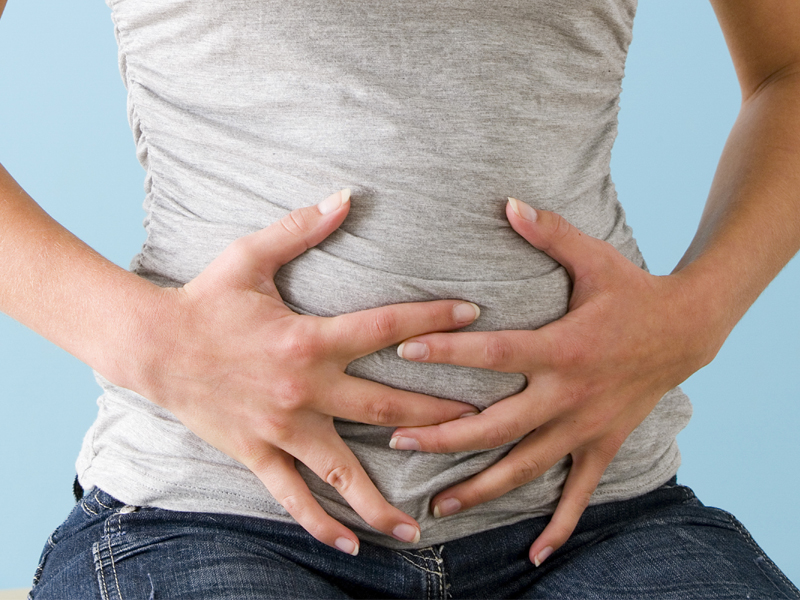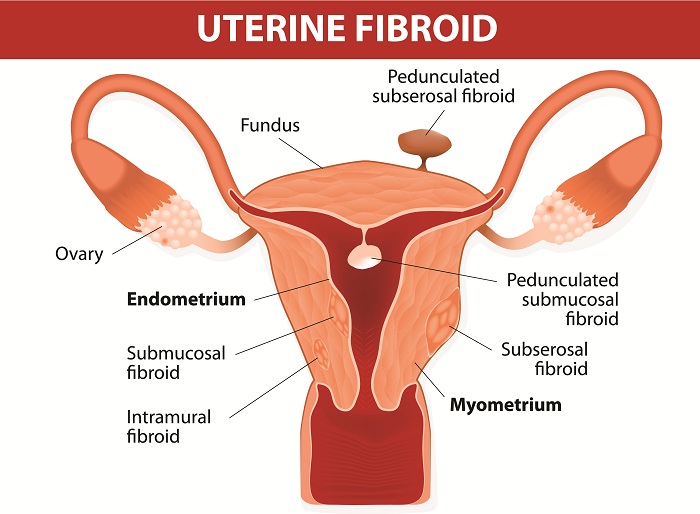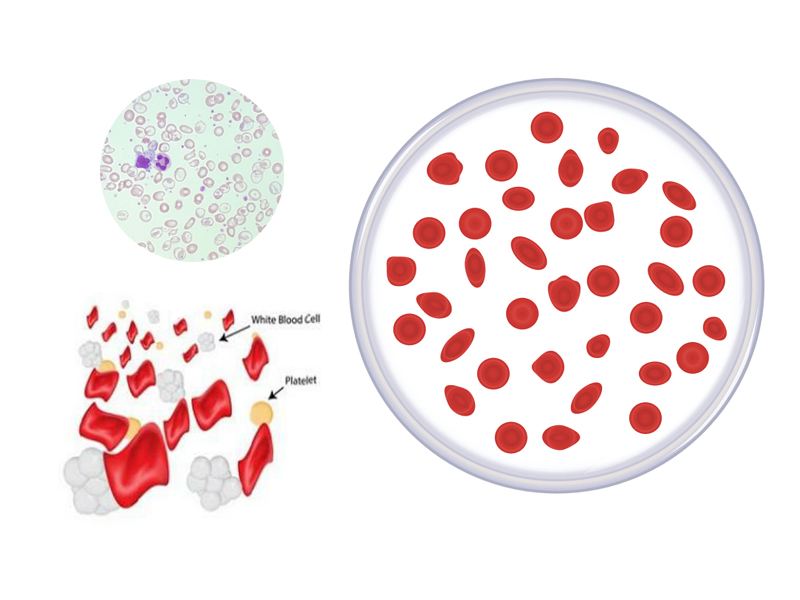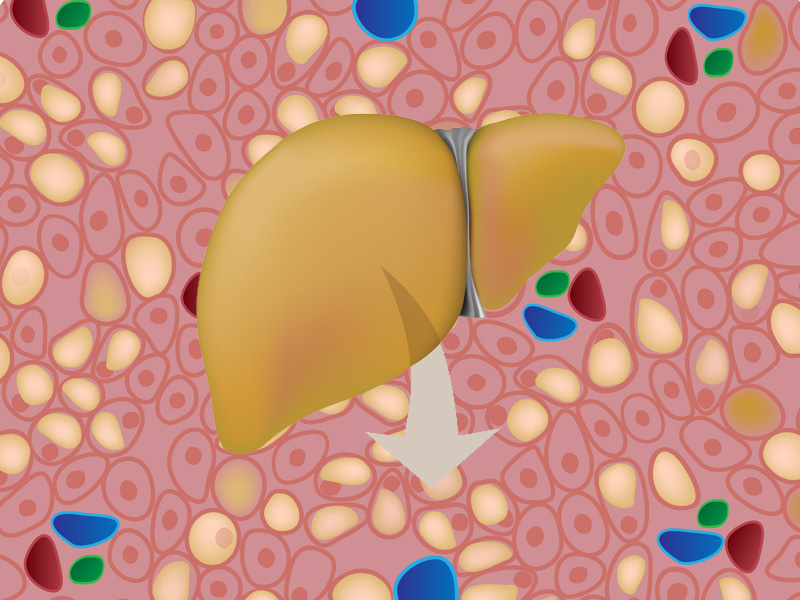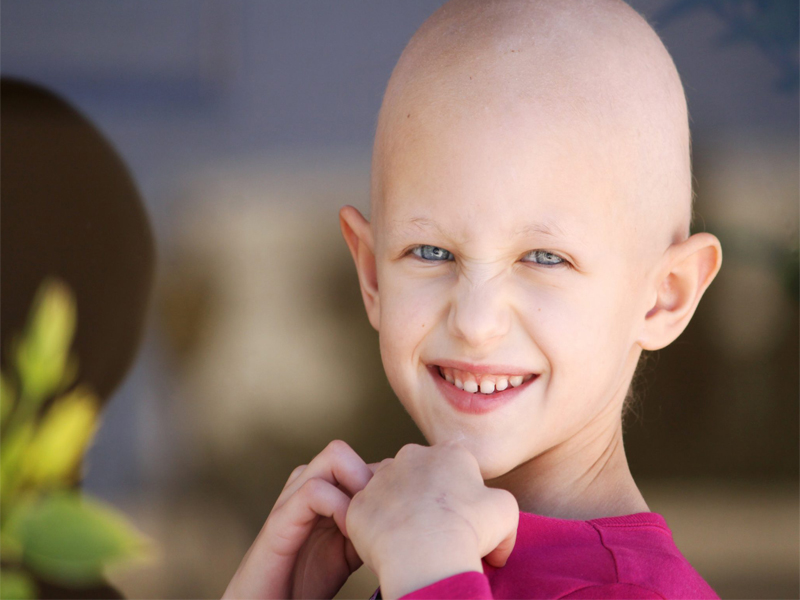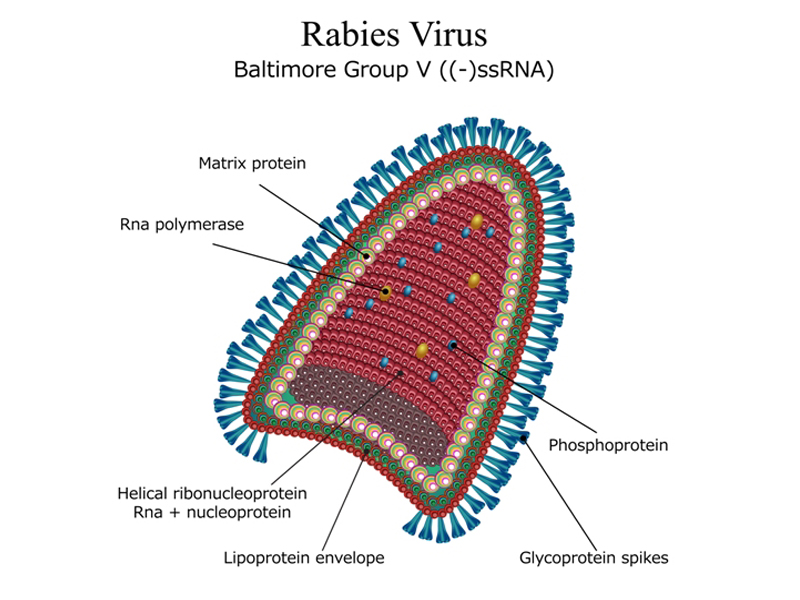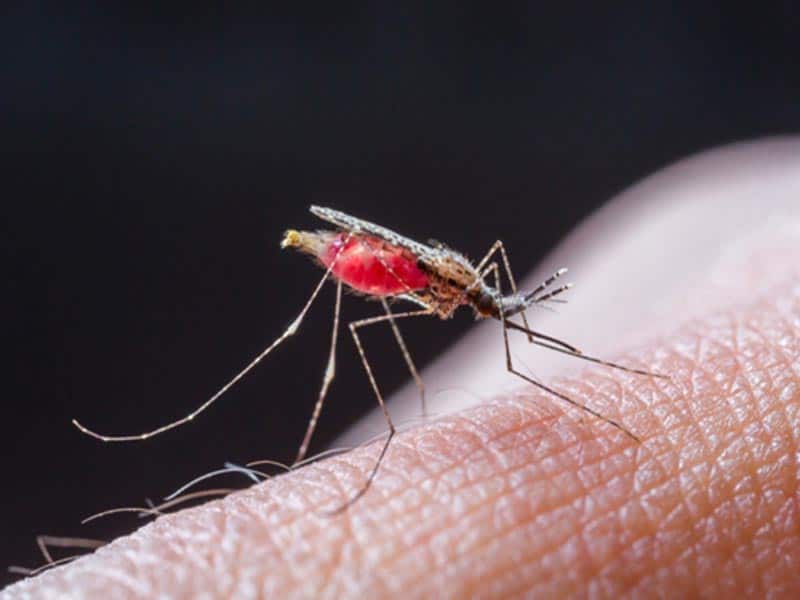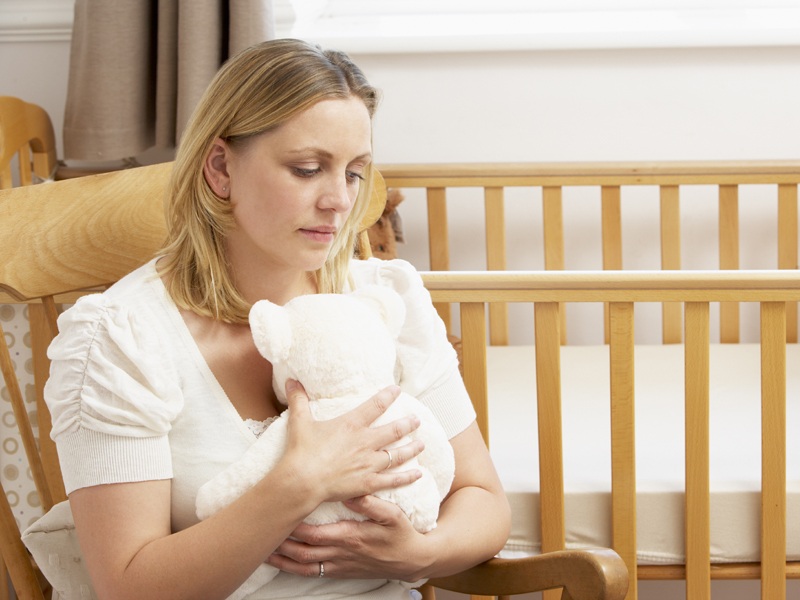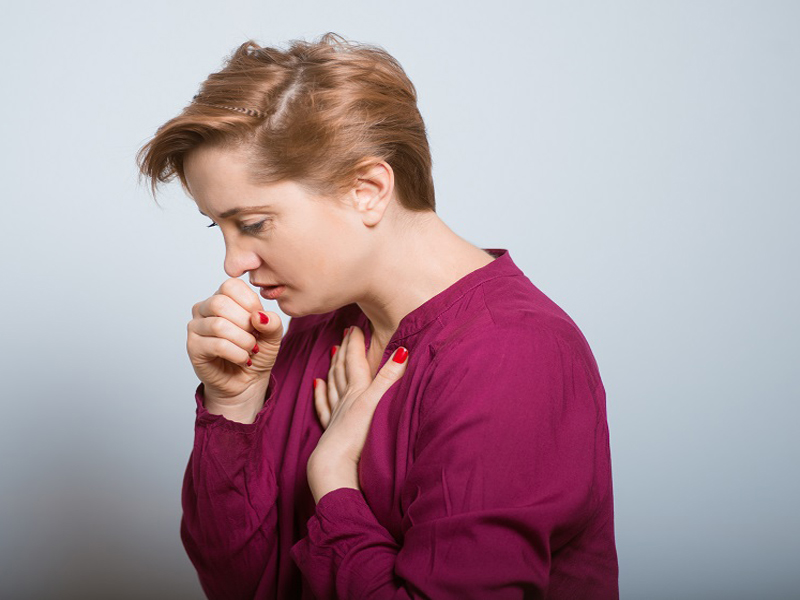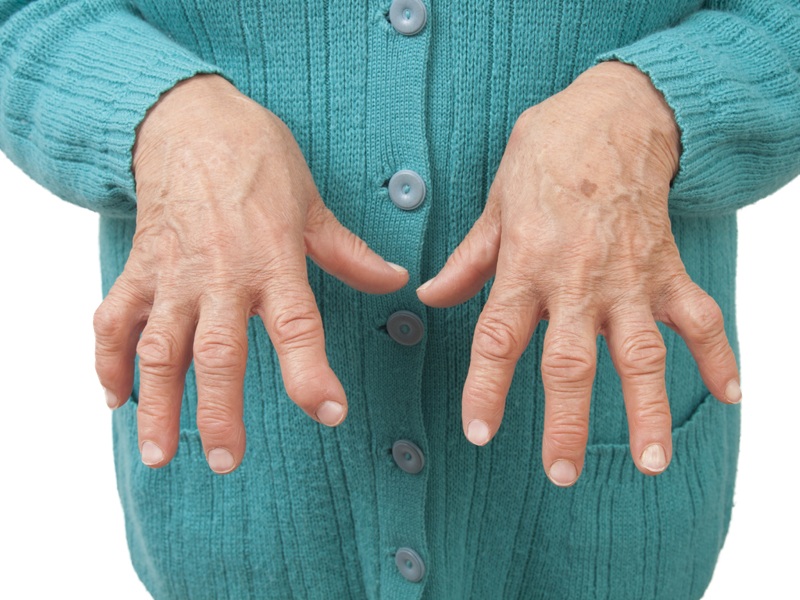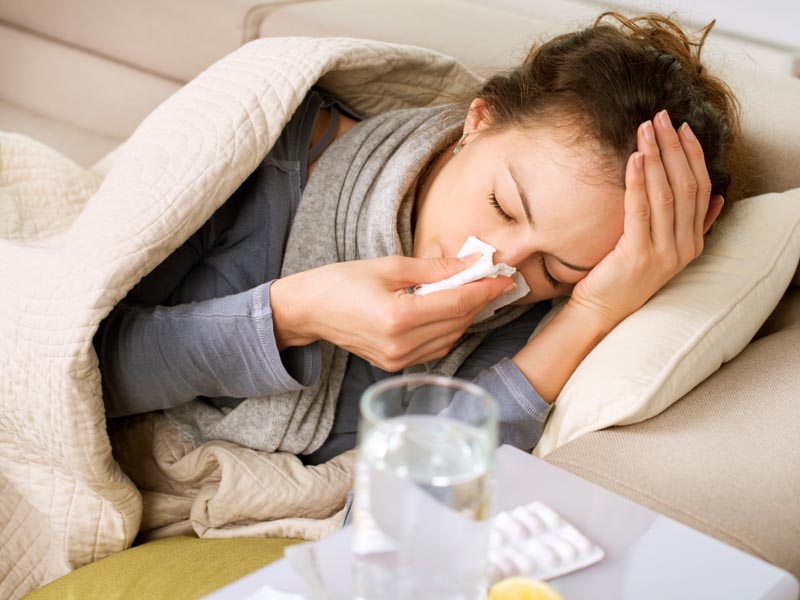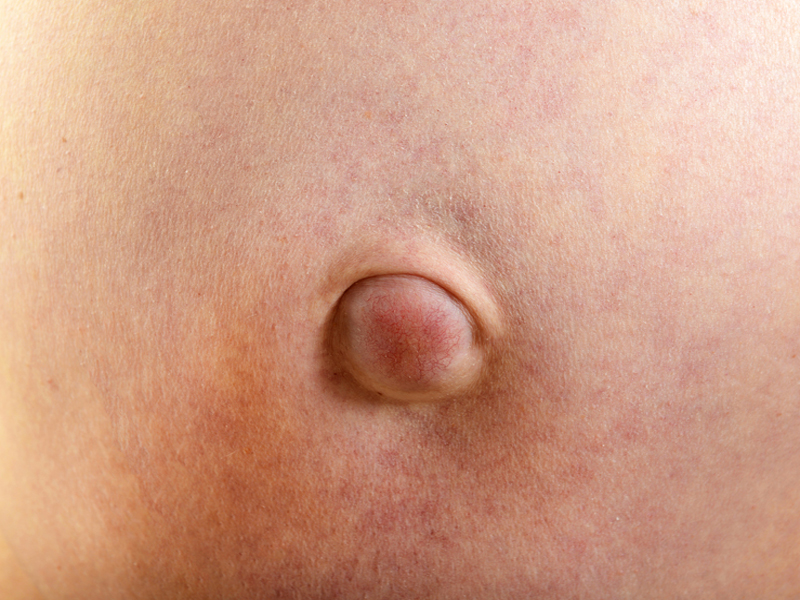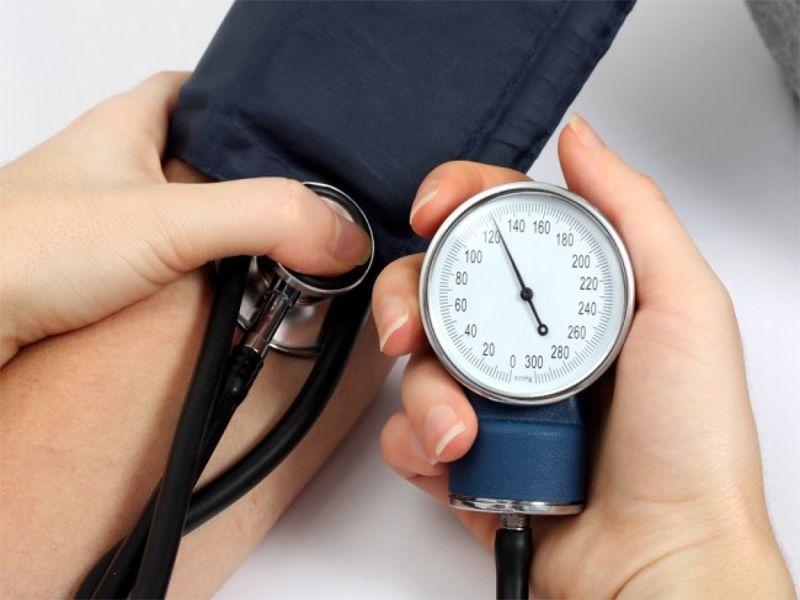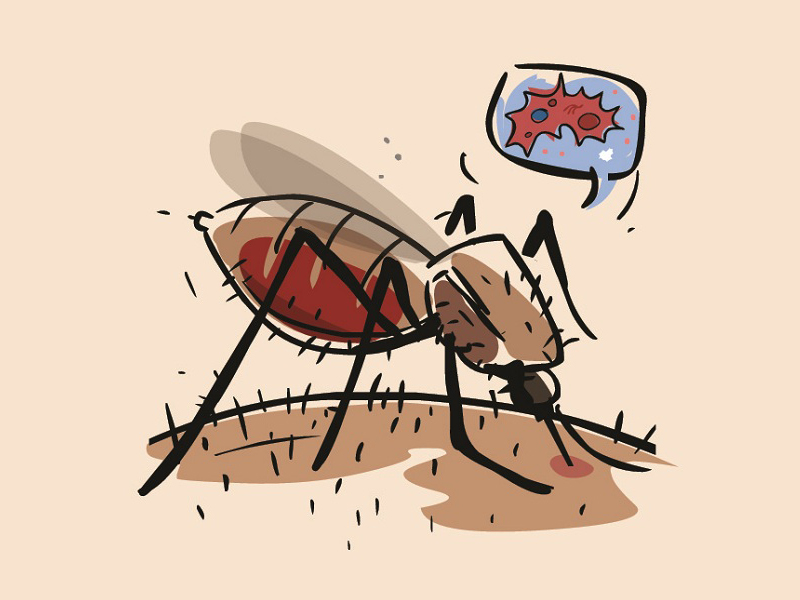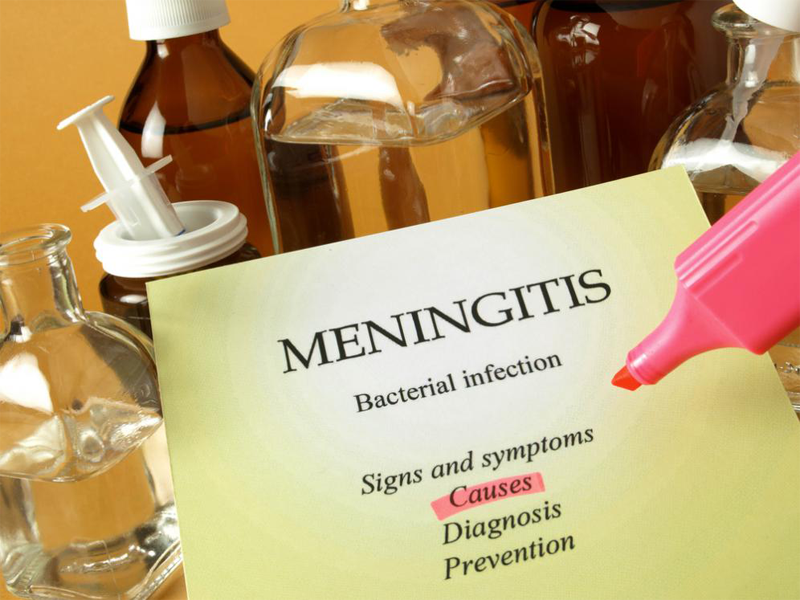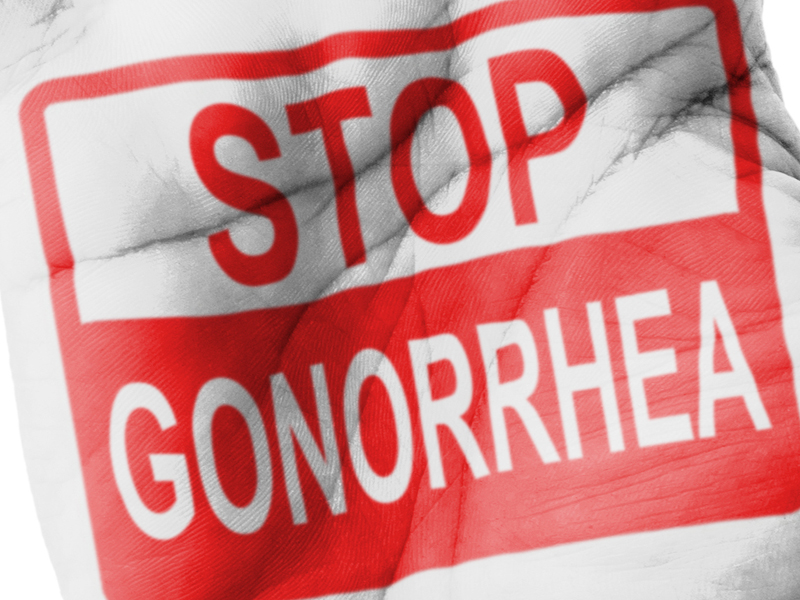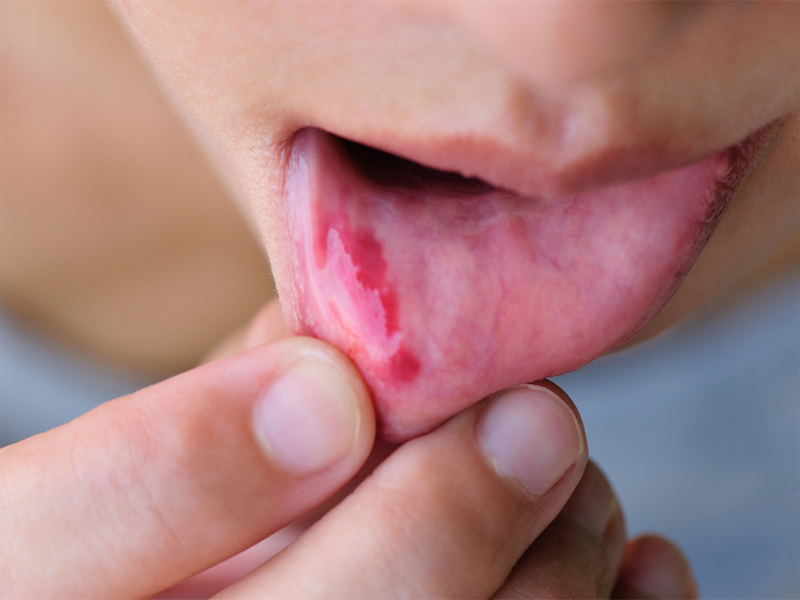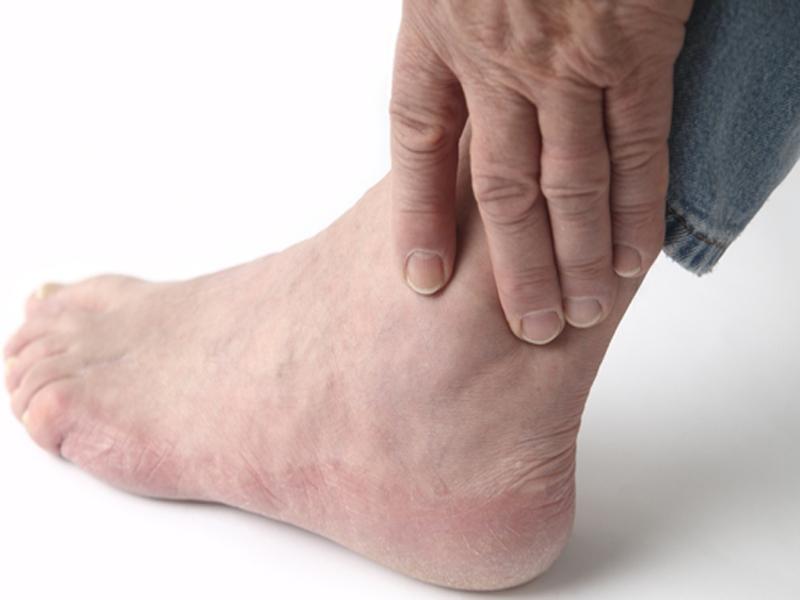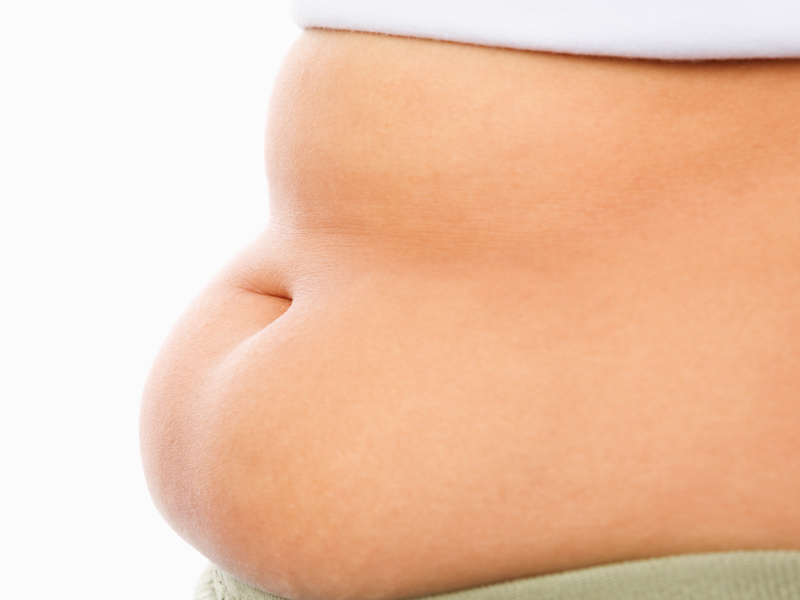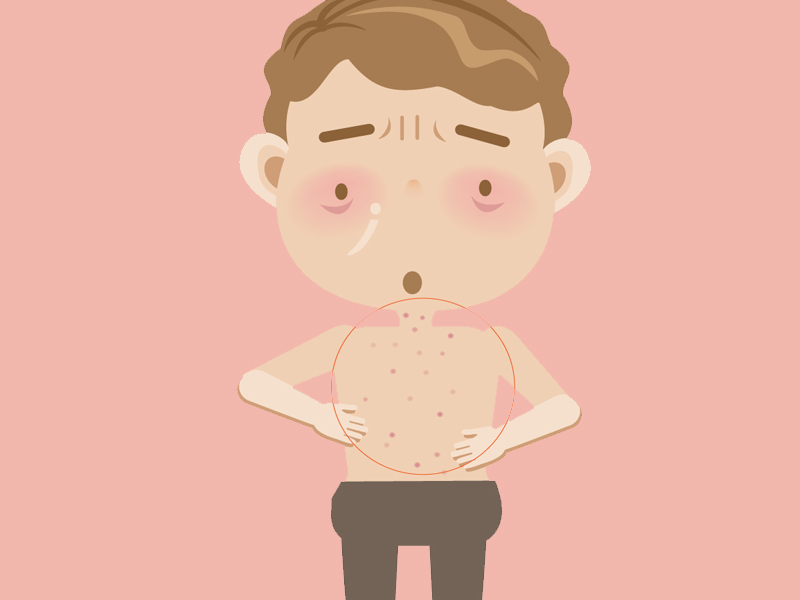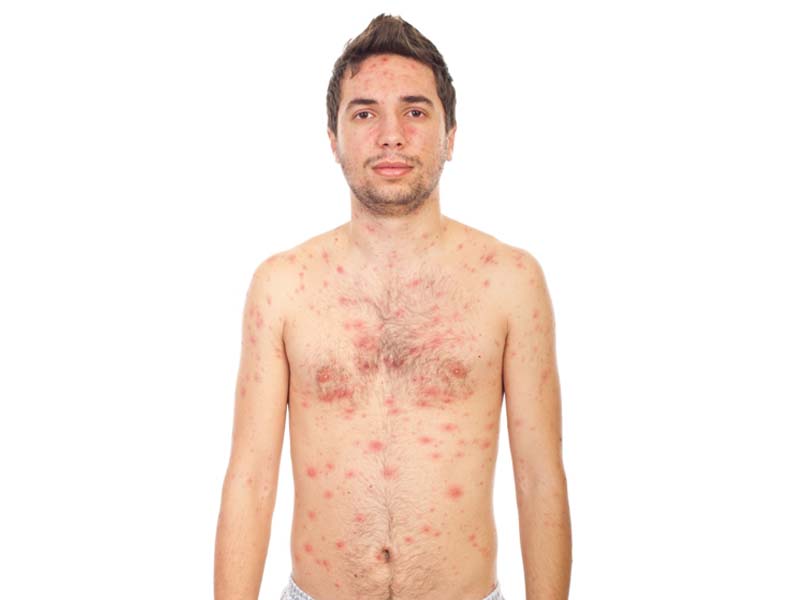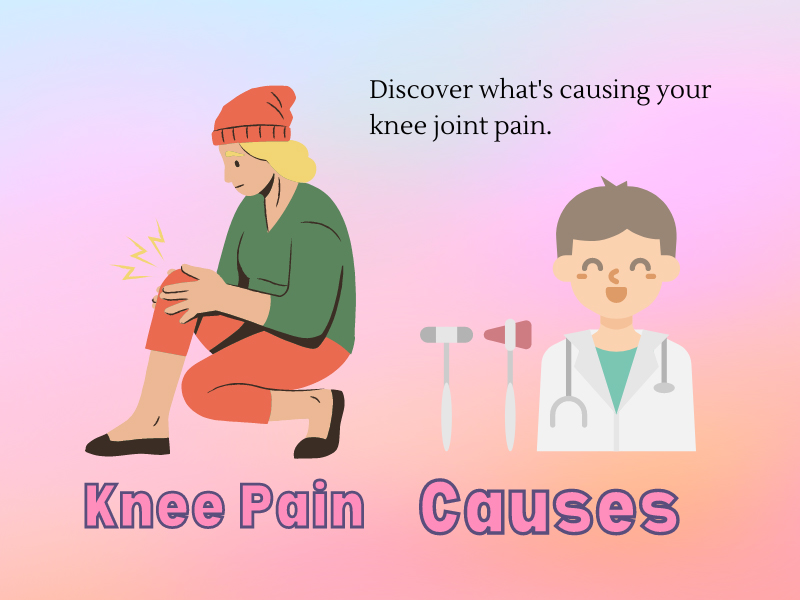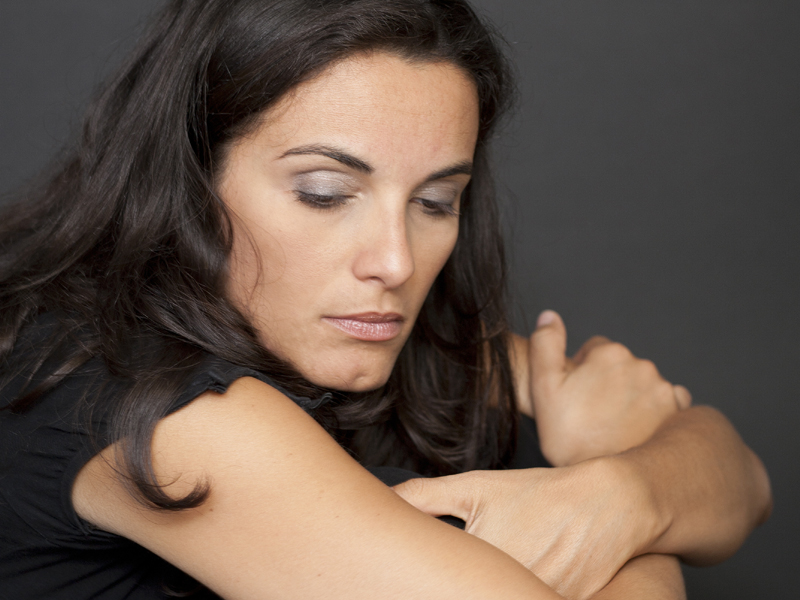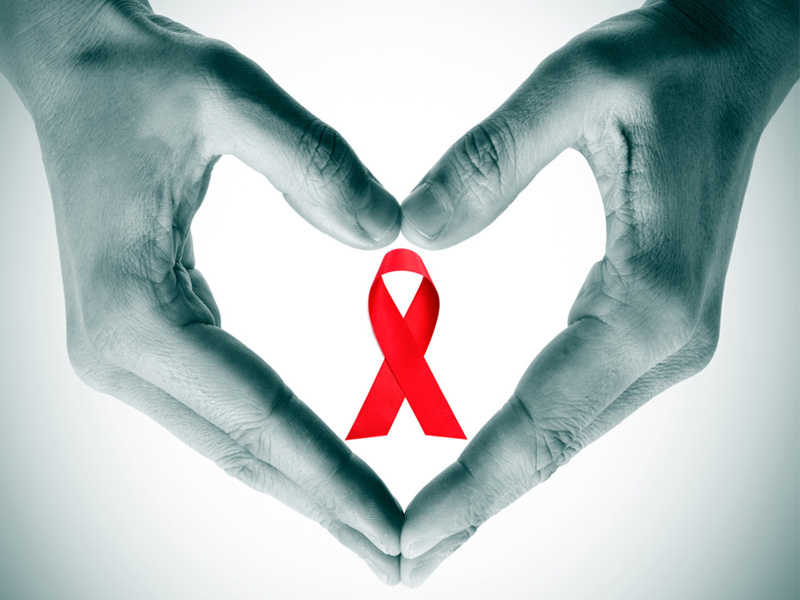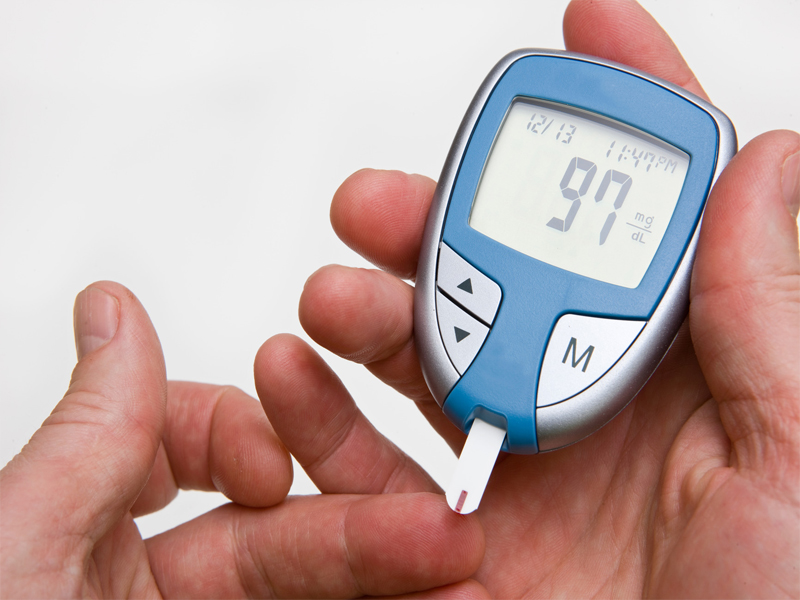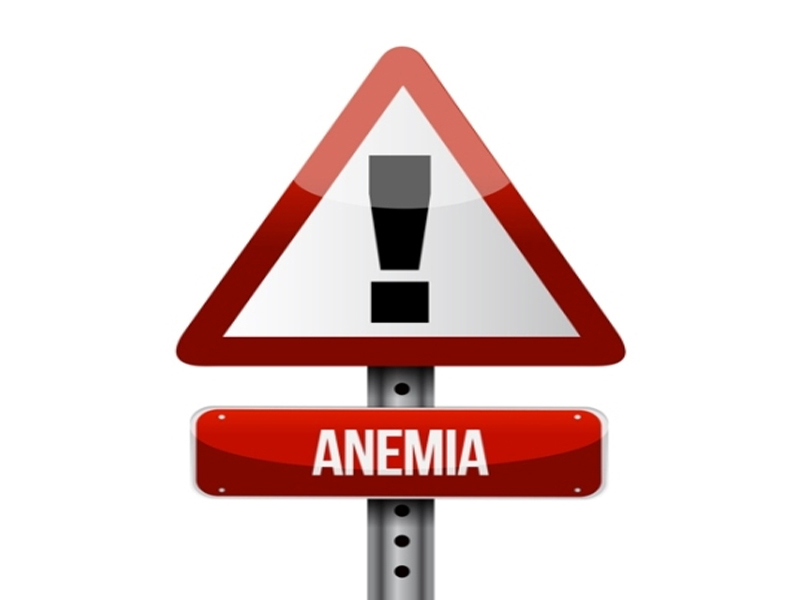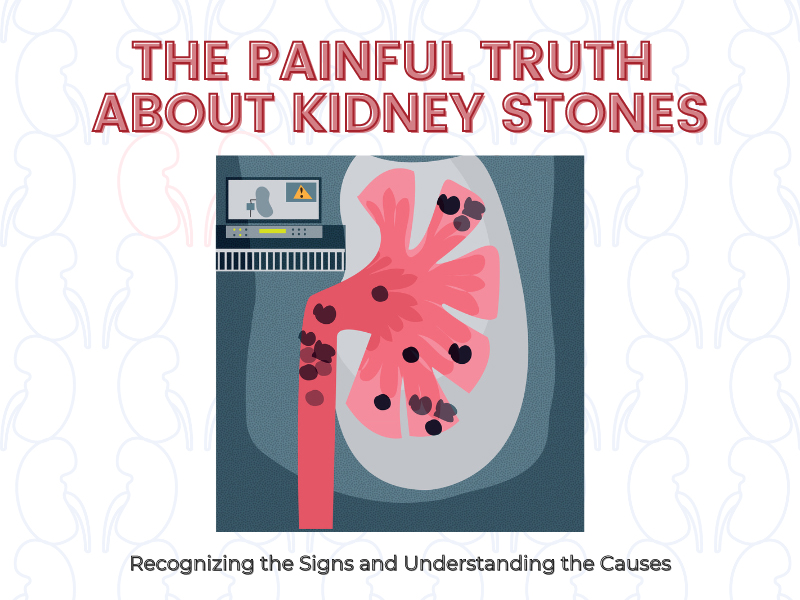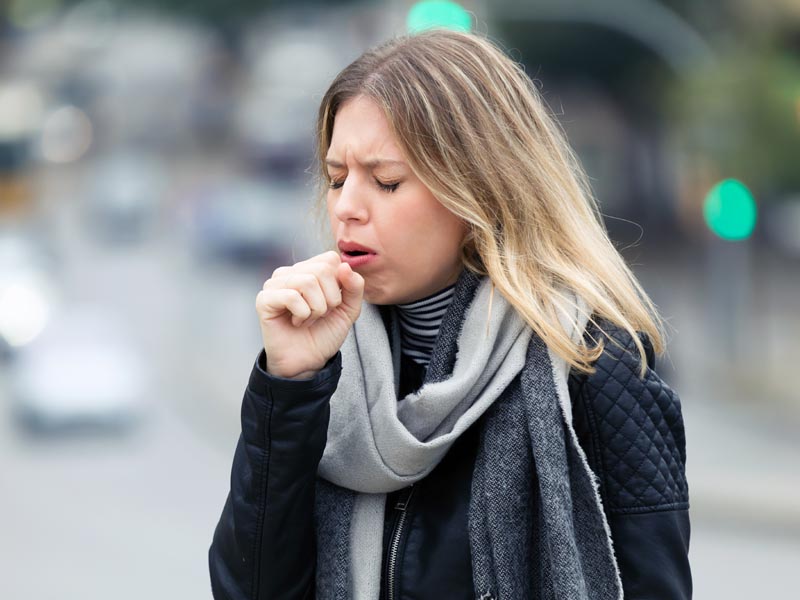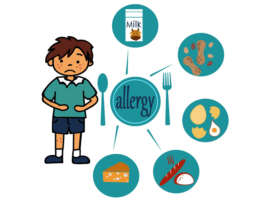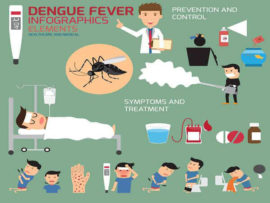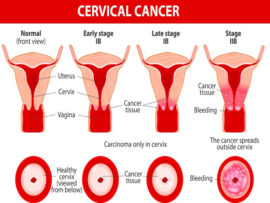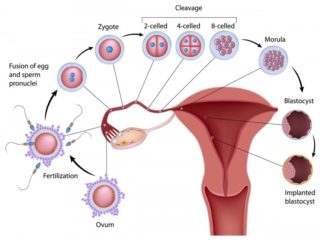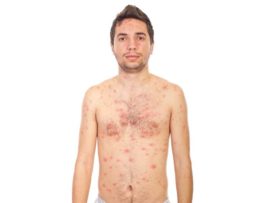Children love to play. They play in the garden, sand, mud and everywhere. We parents want to keep them protected. It is an instinct. The way babies are safe in the mother’s womb. But unfortunately, you cannot keep them tucked in your arms forever. You have to let them go. You can’t stop the kids from having fun.
All this fun leads to a lot of exposure to germs. This exposure to millions of germs can cause diseases. Seeing your kid fall sick can be very heartbreaking.
Fever is the one a viral disease. It can be due to many reasons, like bacteria, viruses, and temperature. Mostly, it is contagious. But don’t take it casually; you must monitor your fever promptly. Infant babies having triple-digit numbers can be dangerous. You need to take them to the doctor immediately.
After six months, babies usually have a fever accompanied by sore throat, runny nose, headaches, chills, body aches, fatigue and diarrhoea. You might want to see a doctor if this fever persists for more than twenty-four hours. Fever usually stays for 2-3 days in bigger kids from age two onwards.
Having a fever means our immune system fights a cold or infection in kids. It means the immune system is getting built. You must give it time. You should find its cause, like any infection or cold or temperature.
Fever has different effects on different age groups. The medication also differs with age. Normally, medicine is given every four hours. If fever remains after three days, then you must get blood tested. You must not panic in fever, but you should not take any chances.
See More: Different Types Of Fever
Parameters for Normal and High Fever – Children Fever Chart:
Fever indicates some symptoms of high temperature and skin rashes over the body of your children. Knowing the temperature can tell whether it is a high or low fever. The following chart gives you an idea of normal and high fever temperatures.
Normal Temperature Ranges Chart:
- Oral Ranges: 35.5 °C – 37.5°C (97.9°F – 99.5°F)
- Armpit Ranges: 36.5 °C – 37.5°C (97.8°F – 99.5°F)
- Rectal Ranges: 36.6 °C – 38°C (97.9°F – 100.4°F)
Symptoms:
The causes of fever for children are many. If a cold accompanies the fever, it’s a grade 1 fever. If diarrhoea accompanies fever, it could be a stomach infection. Sometimes, fever can have flu and seasonal effects. Fever with burning in urine could be a urine infection. Fever with ear pain can be an ear infection. You should check for meningitis if you see any blue spots on the skin or nails with a finish. This could be fatal; hence, the kid must be immediately taken to the emergency room.
One day, they are up and playing. The next day, they can’t get out of bed either. This can be a bit scary if the child has asthma or diabetes. You should do a few flu tests in such cases within 24 hours.
There are many causes of fever. It could be infection, injury and inflammation. Here are a few listed below.
Acute Fever:
Acute fever is a fever which is around 101’C. It is there for less than 7 days.
Causes of Fever in Children:
Respiratory infections like cold and flu. It is due to a virus. It is mostly due to seasonal changes and high amounts of pollen grains, smoke and dust. The amount of pollution in the air nowadays is also one of the reasons.
Kids sometimes drink water from each other’s bottles and open taps. This leads to infection of the stomach, and many times, eatable outside foods also cause it. This infection, in turn, heats the body. Gastroenteritis is due to a virus found in contaminated water and food.
Ear infection causes fever. It’s called Otis Media. There is discharge from the ear. This is accompanied by mild to moderate fever. It is mostly due to exposure of the ear to cold air and water and hurt.
The water we wash after urine and stoles also causes urine infection. Too much use of diapers and unhygienic use of cotton nappies often cause urine infections. This leads to fever. It is mostly for a day or two. Regular washing of private parts with warm water helps to prevent it.
Many a time, vaccinations and certain medicines cause body temperature to rise. This fever is very mild and disappears in a few days. The doctors usually warn the parents when administrating vaccination to prepare them in advance.
See More: Best Medicine For Fever
Chronic Fever:
Chronic fever is a fever with temperature in the triple digits. It is more than 7 days. This can lead to severe weight loss and loss of appetite. In severe cases, it may cause brain damage.
Causes of Chronic Fever in Children:
Chronic fever can be due to prolonged viral illness like hepatitis, tuberculosis and HIV.
Recurring viral illness can also cause chronic fever.
Many infections, like hepatitis, sinusitis and pneumonia, may cause viral fever in kids. This can weaken the respiratory tract. The increased infection causes high fever.
Mosquito:-
Mosquitoes cause diseases like malaria, dengue, chikungunya and swine flu. These diseases cause very high fever. The mosquito carries the virus from person to person. These are life-threatening diseases. It is very common in tropical areas as mosquitoes breed in stagnant water.
There are endless possibilities of infection. The WBC fights the viruses and bacteria causing infection. This leads to an increase in body temperature, i.e. fever.
We can avoid getting in contact with germs to prevent fever. But how much can we avoid? We can’t stop children from playing. Also, we can’t keep an eye on them all the time.
See More: Dengue Symptoms In Kids
Precautions to Prevent Fever in Children:
There are other ways to prevent fever in children.
Ignore Foods from Outside:
Food outside is exposed to a lot of germs. They are kept open, and flies sit on them, making them unfit for eating. Sometimes, the quality of vegetables and oil used is not up to the mark. This causes infection of the stomach and intestine. So we should not eat outside food. If we cannot eat outside food, we should eat from a safe and government-certified place.
Wear Proper Warm Clothes:
Due to cold weather, kids often catch a cold; if unattended, a small cold could lead to fever. Wearing warm clothes avoids exposure to cold wind. It also saves kids from ear and nasal infections.
Use Clean Water:
Many times, viruses enter our bodies through water. We must use clean water to drink, cook, have baths and even wash clothes. Germs enter our body through any exposure.
Avoid Mosquitos:
Mosquitos are the reason for big diseases that cause very high fever. We must not let them breed. That means there should be no stagnant water anywhere. We can also use nets and sprays to be safe from mosquitos.
Treatments to Control Temperature (Fever)in Children’s Body:
As much as we prevent our kids from fever, we can never avoid the germs. If children get a fever, the following remedies can be done.
1. Nsaid:
Nsaid is a non-steroid anti-inflammatory drug used to relieve pain. It is also used to reduce fever. It comes in many types and formulas. Most infants and babies are not given any allopathy medicine until necessary. Toddlers are given the mildest doses through suspensions and syrups. Kids aged 2 years and above are given mild chewable tablets. But most parents avoid medicine until it is required or only if the doctor says to give it. It has side effects like brain, liver, cardiovascular, and intestinal damage.
2. Fluid Intake:
Fever often causes dehydration among children. It leads to the drying of skin and lips. Hence, it is said to intake lots of fluid. Water, juice, cold soup, yogurt and ice pops. This cools down the body temperature and keeps the child hydrated.
3. Wet Cloth Compress:
Often, when fever is high in the triple digits, doctors suggest keeping a wet cloth over the forehead. The water in which the cloth is dipped is cold. It is supposed to be changed from time to time. This cools off the child and comforts her.
4. Sponge Bath:
Mostly, children are given sponge baths with fever. It cools off body temperature throughout. It is done with slightly warm to regular water. Every four-hour sponge bath is given to children who very high fever. If your child is shivering, you must put on a blanket till she is warm and don’t do a sponge bath.
5. Light Clothing:
When a child has a fever, body temperature is high. Our body tends to sweat to cool down to combat this high temperature. This sweat has to be soaked. Hence, doctors always advise wearing light clothing.
6. Use Fan:
Children with a fever must not be in an air-conditioned room. An airy room is good for cooling high fever. Having a light fan is good for reducing the temperature.
7. Stay Indoors:
If your child has a fever, he must not go out. The wind and exposure to the sun can spike the temperature. Exertion can make children more dehydrated. Complete bed rest is always advised for quick recovery from fever.
Fever is an everyday disease. But the sleepless long nights of child and parent can be very tiring. You may want to know the cause of it, and more than that; you would want to call your doctor immediately. Hence, it is always better to prevent it. Lots of fluid and cooling off with a wet cloth will reduce it.


